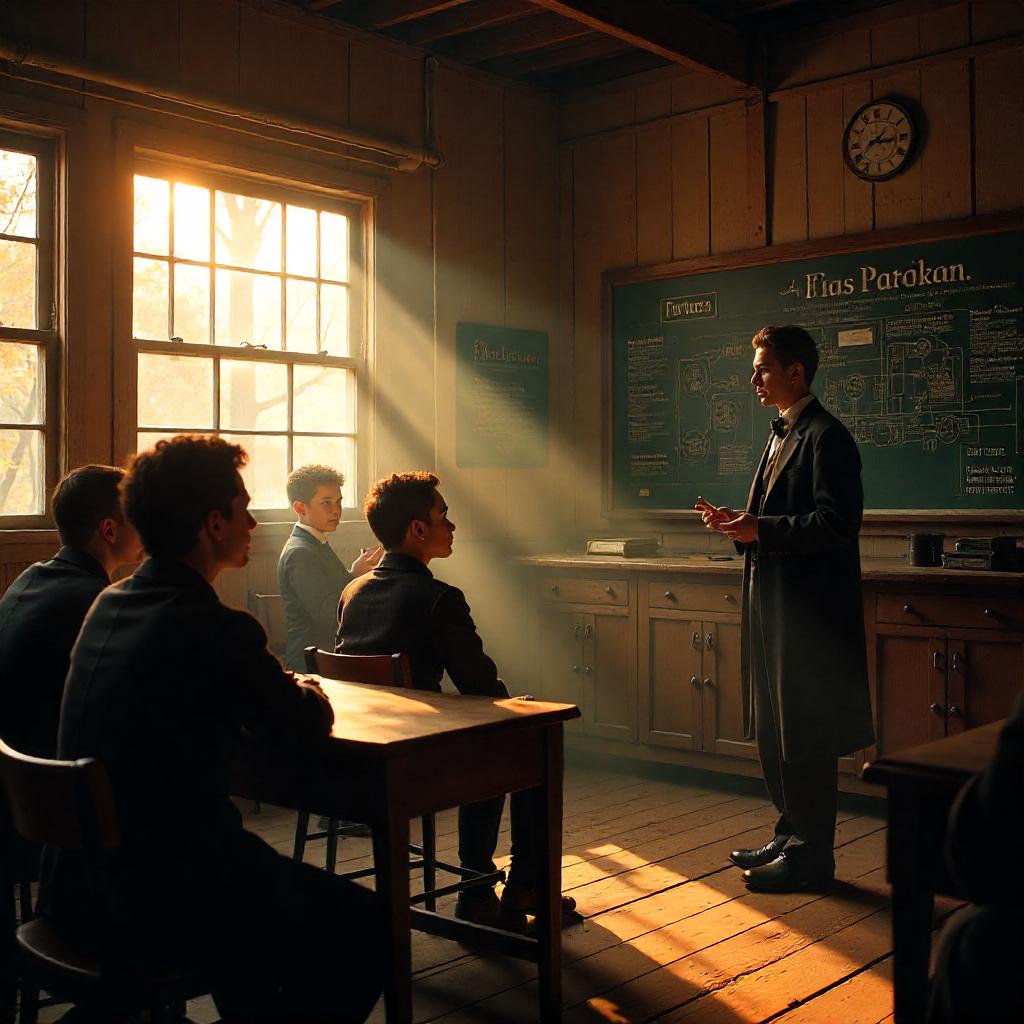World history lessons provide a sweeping journey through time, tracing the development of human societies from the earliest ancient civilizations to the complexities of the modern world. This broad perspective helps students understand how cultures, technologies, and ideas have evolved and interconnected, shaping the world we live in today.
The journey begins with ancient civilizations such as Mesopotamia, Egypt, the Indus Valley, and China. These societies introduced fundamental innovations like writing systems, organized governments, and monumental architecture. Learning about these early cultures gives students a foundation for understanding how humans transitioned from small communities to complex civilizations.
Next, lessons explore the Classical Era, featuring the Greeks and Romans, whose contributions to democracy, philosophy, law, and the arts have profoundly influenced Western culture. At the same time, other regions such as India, China, and the Americas were home to rich and diverse civilizations that contributed to global development through trade, culture, and technology.
The Middle Ages highlight a period of transformation with feudalism, the spread of major religions, and significant events like the Crusades and the Black Death. This era bridges the ancient and modern worlds, setting the stage for the Renaissance and the Age of Exploration, which introduced new ideas, scientific discoveries, and expanded global connections.
The Industrial Revolution marked a turning point with technological innovation and urbanization reshaping economies and societies. This period also led to increased imperialism and the colonization of many parts of the world, whose impacts are still felt today.
The 20th century brought unprecedented change with two world wars, the rise and fall of empires, decolonization movements, and the Cold War. These events redefined international relations and sparked efforts toward global cooperation and peace.
Finally, the modern era is characterized by globalization, technological advances, and ongoing social and political movements. Understanding this continuum helps students grasp contemporary challenges such as climate change, migration, and cultural exchange.
In conclusion, world history lessons span from ancient civilizations through classical, medieval, and modern periods, providing a comprehensive understanding of humanity’s past. This knowledge equips students to appreciate the complexity of the present and participate thoughtfully in the future.
